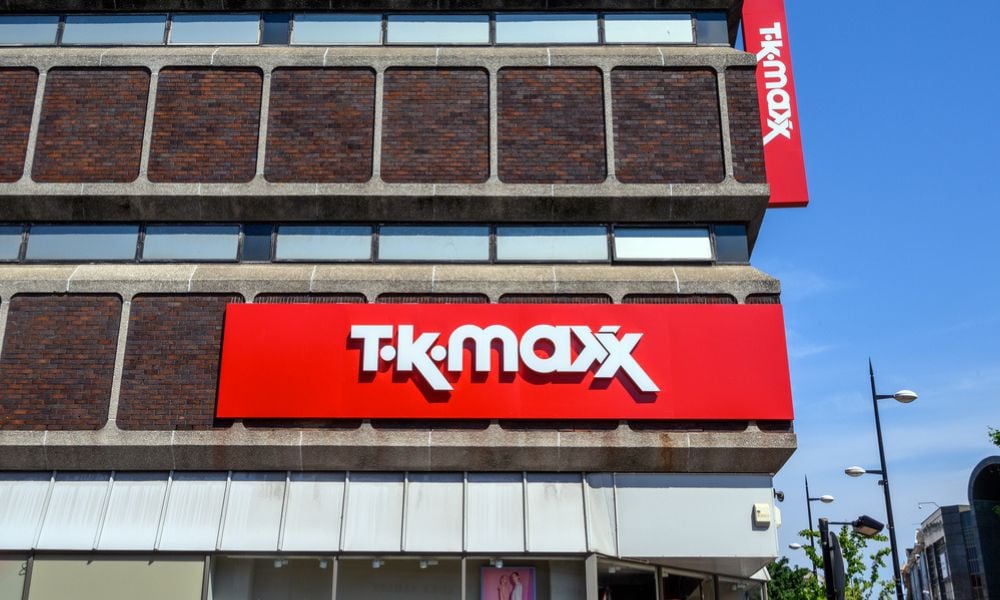In the past, local HR leaders had global HR initiatives foisted on them – has this situation changed over time?

Expanding to overseas markets has long been an attractive strategy for Australian businesses.
The grass is always greener overseas – or at least that has been the commonly held view of Australian business leaders and their desire to expand operations overseas.
In June, NBN commissioned a report on the emergence of ‘Glocals’ – businesses looking to expand internationally while enjoying the freedom and lifestyle of staying local. Although the report targeted SMEs and not the bigger end of town, it still provided insights into the continued global ambitions of business owners. The report revealed that almost half (46%) are planning to operate overseas in the next 12 months. Specifically, the study indicated that countries such as China (39%), Singapore (29%) and the US (26%) are the most attractive markets to move into, due to their strong demand for local products and vast potential customer base.
Yet while the impact of globalisation on businesses and their employees is well documented, less covered is how it impacts on service providers. Have service providers struggled to keep pace with clients who may require regional or global services?
Daniel Sherrington, Regional Director APAC at engagement specialists O.C. Tanner, says globalisation has had a dramatic impact on how vendors such as O.C. Tanner operate to support clients around the world. He explains that in terms of market growth, on one hand, there are greater opportunities to reach new customers as offerings are expanded; on the other hand, a business may be exposed to greater competition and a variety of different competitors who offer everything from full service to pure SaaS low cost to entry.
“In terms of setting up a truly global offering to support your client’s programs, this is far more complex than running domestic programs,” says Sherrington. “Global clients require you to provide multilingual technology, a global reward supply chain operation that can reach to over 100+ countries, many currencies and different tax laws. Customer service needs to be provided to cover multiple time zones and languages.”
Sherrington has been involved in consulting on many global reward & recognition programs, and says there is no ‘one size fits all’ model when it comes to global reward & recognition and appreciation programs.
Glocalisation
In the past, regional and local HR leaders may have faced the challenge of having global HR initiatives foisted on them, with little or no consideration for local market nuances. However, Sherrington has noticed this is changing – especially when it comes to supporting global culture enablement programs.
A global program will usually be supported on one platform worldwide but will ideally provide the flexibility to tweak some of the features, language and messaging in each market or region.
“You tread a fine line between having a vanilla solution that misses the mark in certain places, versus giving local HR too much autonomy to have it completely localised,” says Sherrington. “Remember, one of the benefits of a global program is to have a clear strategy worldwide. Furthermore, many of the key drivers for a global program are cost savings worldwide and simplicity. If you start making local changes that move too far away from the original idea you run the risk of the program losing its clarity and having a cost blow out.”
Part of the shift in thinking, Sherrington adds, is due to the increasing tendency for local HR professionals to focus on business outcomes rather than administrative matters.
What remains a challenge is the need to educate in these markets. Sherrington says it requires a long-term training plan to help three generations of employees understand the importance of recognition and engagement, and the impact of it, when done well.
“At O.C. Tanner this is something we’ve always been extremely focused on, conducting thousands of online, offline courses a year, together with webinars and keynote sessions, classroom training and leadership events.”
Expanding while keeping it lean
HR should still expect there to be some need to integrate disparate systems and processes. When it comes to technology integration, however, this is something that most global vendors are now very familiar with and would consider it a basic requirement for any program.
However, despite the push towards regional HR initiatives and potentially more stakeholders being involved, Sherrington sees no reason to revert back to having too many internal processes and extensive bureaucracy.
“In the past, Australian HR would design and approve a program and to save time and hassle pay for the program at the HQ and only charge regional cost centres for the reward that went through the program,” he says. “This has changed in that it is now a regional conversation, and projects such as employee engagement are passed around to different HR centres in APAC who lead the project. As a result of this, the budgetary process from the outset is clear that each region carries their share of the program management as well as reward costs.”
When it comes to budgets, this needs to be tied to the overall business outcome the company is looking to achieve and then working back from there, rather than plucking a number out of a spreadsheet and using it as the budget. Sherrington suggests that many companies now take the view that it is recognition and appreciation (and not just reward) that is more likely to make someone feel more valued, achieve a greater sense of purpose and a sense that what they do matters to the company.
“With that in mind, many companies have been able to cut their R&R budgets and significantly increase employee engagement scores. At O.C. Tanner we support many clients around the world who have done this, and have great stories to tell. That then gives us much more fl exibility to work with the client on something that is within budget.”
As we approach the end of another year, it’s timely to ask what upcoming trends are shaping the culture/engagement/R&R space. Daniel Sherrington responds:
“Our most recent O.C. Tanner Institute research has identified that there are a number of interconnected factors that work together to create an optimal company culture. One of those factors that we think companies need to keep top of mind is overall wellbeing. Not simply the ‘on-site gyms and healthy lunches’ kind of wellbeing – that is a little played out – but real and meaningful attention paid to the emotional and physical health of your employees. We know this is increasingly important to employees and that in order to have a culture that attracts and retains employees, organisations need to have more comprehensive wellbeing solutions. That is a focus for us right now at O.C. Tanner and we’re excited about some forthcoming developments in that area that you will see from us in 2018.”
Tech and a shrinking world
Global operations – for both vendors and their clients – have been given a boost by technology.
“Technology has changed both in terms of what we can offer our clients through more sophisticated front and back end, apps and employee lifecycle communications,” Sherrington confirms.
Furthermore, he adds there are more options for clients to choose from by way of platforms that offer a range of flexible features. In the past, programs required heavy manual work to administer and reporting was often pulled at the request of the client. Today, analytics and predictive behavioural patterns can be identified through program reporting that provides employers with a much greater understanding around the mood of the organisation.
In addition, more companies want a downloadable app as part of their employee experience. O.C. Tanner’s latest research indicates that 13% of clients are using the app to send appreciation, which is a growth year on year.
Integration is also key, with many employers now insisting their service providers integrate with their HRMS provider to minimise the amount of standalone systems.
A true business partner
However, when it comes to globalisation, Sherrington says technology is only one piece of the puzzle.
“It’s easy to develop a website and source a voucher partner and label yourself an employee engagement expert, but what does that really mean?” he says. “The real impact you bring is on knowing the global marketplace, understanding how different countries and employment laws impact the levels of engagement and having experience operating within it.”
Just as important, he concludes, is having the relevant local knowledge and understanding to develop a global program that makes sense to the local market and doesn’t short change the employees in the emerging markets who get a less than favourable experience and then don’t engage with it.
Get all these components right, however, and the grass may well and truly be greener beyond Australia’s borders. With these objectives in mind, O.C. Tanner itself has just announced the acquisition of leading ANZ reward and recognition and incentives provider Accumulate.
“It has been one of our strategic goals to continue to grow globally,” says Sherrington. “While we have previously had a presence in Australia, this acquisition provides a way for us to more quickly expand our footprint in that region, not only for our own continued growth as a company, but also to provide a benefit to our global clients. It also further expands our existing global network in the US, Canada, Europe, Singapore and India.”
In addition, it allows the company to introduce the O.C. Tanner Institute, with its deep research and publishing capabilities, into the Australian market.
“As part of O.C. Tanner, Accumulate will continue to deliver its world-class services and products to current clients and will continue its day-to-day operations,” Sherrington says. “O.C. Tanner’s suite of products and services will now be available for both multi-national clients and Australian clients.”
O.C. TANNER
The best workplaces on earth attract, engage and retain talent by focusing on greatness. And thousands of them do it with the Culture-Building Products from O.C. Tanner. They give you everything you need to recognize, reward, and infl uence greatness in your organization. For further information contact Karen Aroney, Director of Business Development, on 61 407 022 297 or [email protected]









